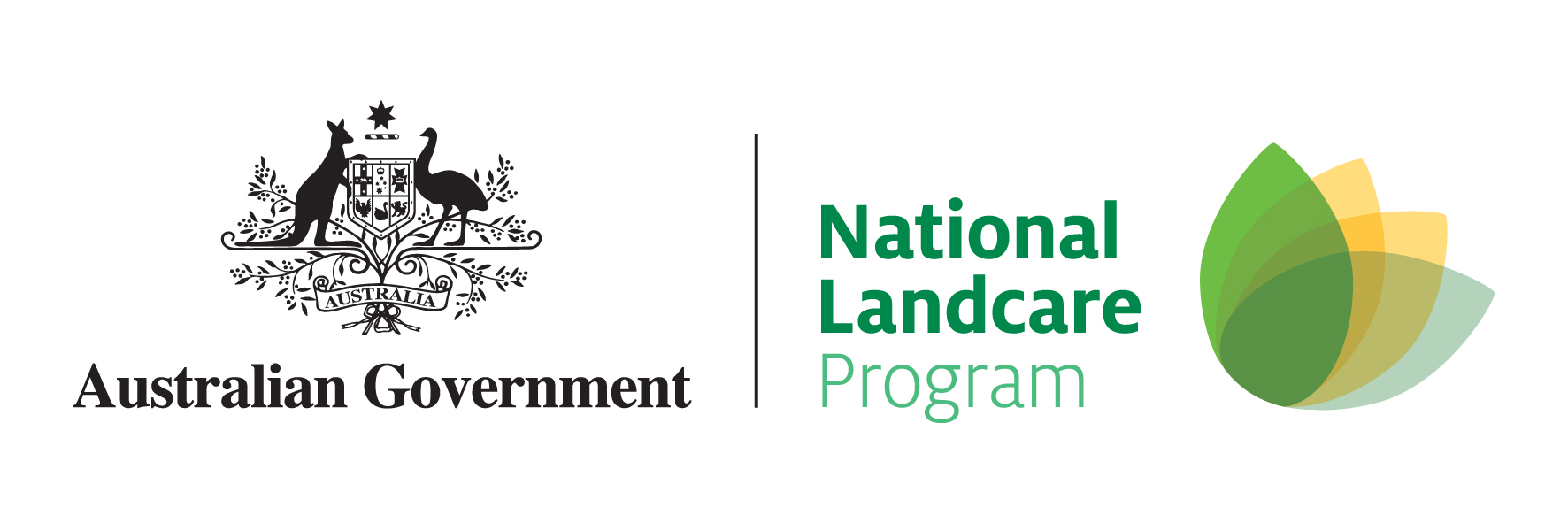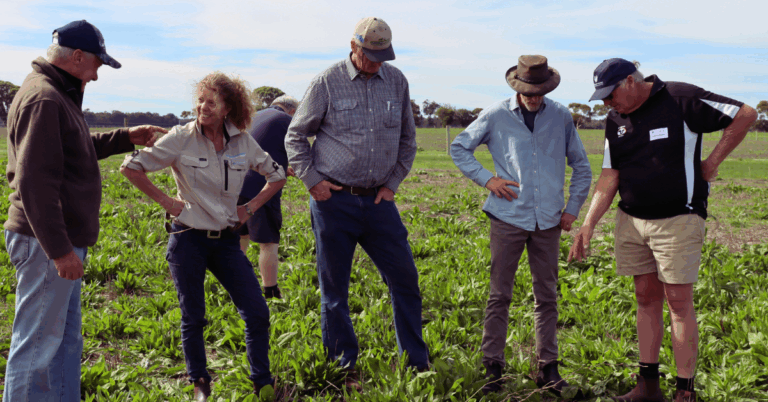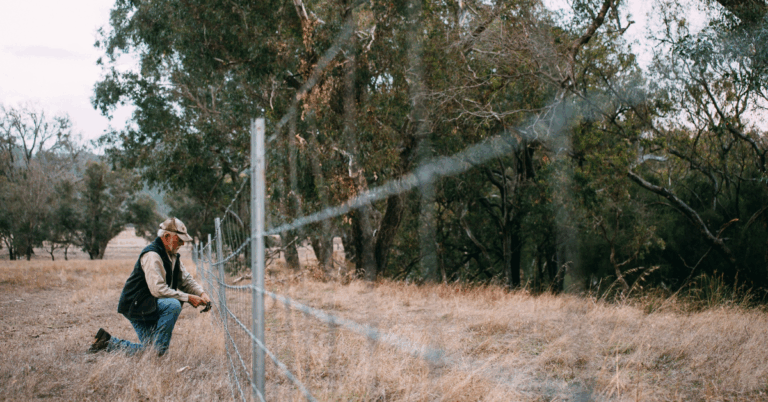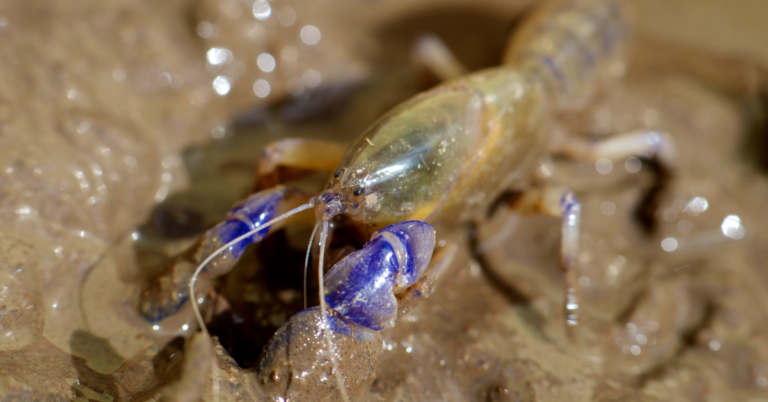Key outcomes
- 23 field days & workshops
- 76 fauna surveys showed that waterbird populations have remained relatively stable
- Restoration of bund wall at Toolibin Lake successfully preventing intrusion of saline water
- 247 hectares of new native vegetation planted to provide food and nesting habitat for waterbirds
- Successful ‘Bay OK’ community engagement campaign reducing nutrient inflows to Vasse-Wonnerup wetlands
The South West region is home to three internationally-significant, Ramsar-listed wetlands:
- Vasse Wonnerup
- Muir-Byenup
- Lake Toolibin.

These wetlands and the ecosystems they support are under threat from water quality decline due to agricultural practices, land clearing and urbanisation, as well as feral and domestic species, weed invasion and a changing climate.
South West NRM is working with local communities, regional partners and land managers to manage and mitigate these threats and improve the overall health and function of these waterways.
We do this through strategic planning, nutrient management, bank stabilisation, weed control, revegetation, ecological restoration, research, and community engagement.
Targeted actions include preventing the intrusion of salt-laden surface water into the last fresh-water habitat in the Wheatbelt at Toolibin Lake, undertaking revegetation and reducing garden nutrient runoff into the Vasse-Wonnerup wetlands and collecting valuable bird data and reducing predation at the Muir-Byenup wetlands.

The Muir-Byenup wetlands
Designated as a Ramsar site in 2001, these wetlands support a number of endangered species as well as some rare peat-based wetlands. Six of the eight endemic south-western Australian freshwater fish species are found at Muir-Byenup, including western pygmy perch, Balston’s pygmy perch, nightfish, western minnow, black-striped minnow and mud minnow.
The wetlands supports breeding of the little bittern, spotless crake, black swan and Eurasian coot. Thousands of Australian shelducks migrate to the wetlands for their moulting phase and up to 52,000 waterbirds have been counted at Lake Muir during periods of high water levels. The wetlands support 10 species of waterbirds identified under international migratory agreements and the endangered Australasian bittern is known to live here.
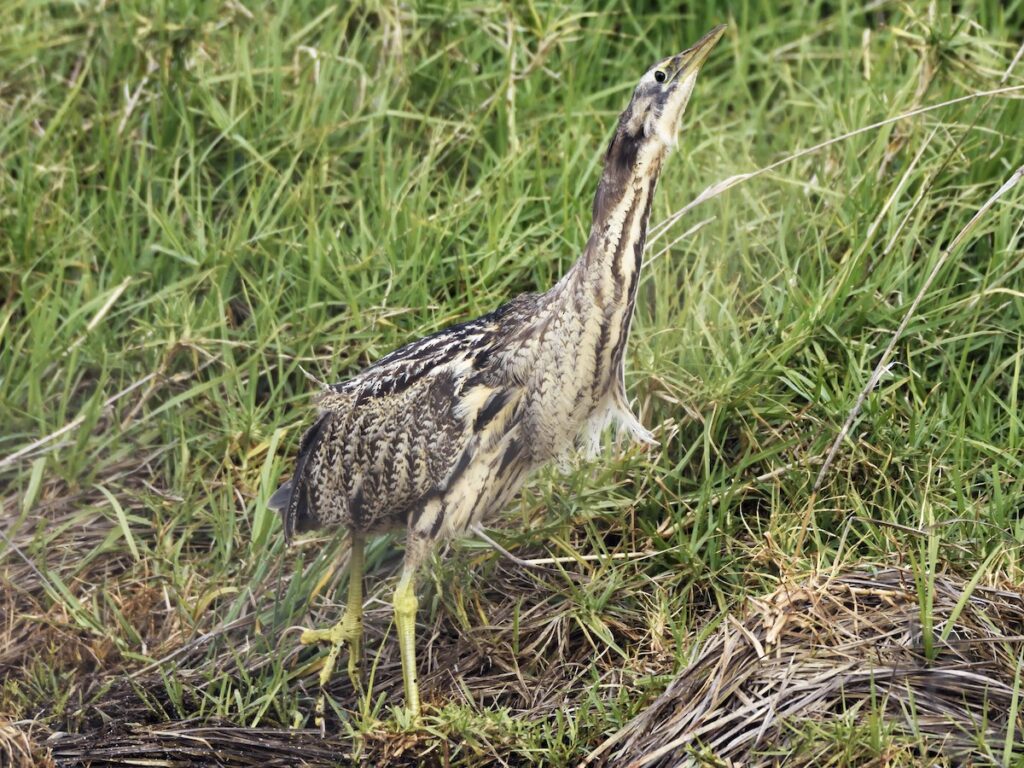
Recent works at Muir-Byenup have included:
- Felixer cat grooming trap trial demonstrated up to a 60% decrease in feral cat activity.
- Fox control on surrounding private properties – 265 fox baits taken over four years.
- Wetland bird surveys at 7 sites around the wetlands, showing that bird numbers are staying relatively similar to previous years.
- Revegetation of 20ha at Burrangup Flats with 44,000 seedlings.
- Study into the hydrological processes of peat wetlands which found that it is likely that acid is released after extreme drying, which may have implications for their management into the future.
The Vasse-Wonnerup wetlands
Nominated for Ramsar listing in 1990, the listed area was extended to over 1,115 ha in 2000, including Wonnerup Inlet, the Vasse and Wonnerup estuaries and lower reaches along the Sabina and Abba rivers. The Vasse-Wonnerup is recognised as one of the most important breeding habitats for waterbirds in the state and the second most important in the South West for bird numbers.
The wetlands regularly support 20,000 or more waterbirds, with a maximum of 34,500 birds counted in Dec 1998! Surveys indicate that over 1% of the extant populations of the black-winged stilt, red-necked avocet, Australian shelduck, and Australasian shoveler can be found at Vasse-Wonnerup.
Recent works at Vasse Wonnerup have included:
- Monthly bird surveys
- Revegetation of 19ha at Buttercup Reserve through direct seeding and tubestock planting to provide habitat for waterbirds
- ‘Bay Ok‘ and ‘Garden Guardians‘ community engagement campaigns delivered by project partner, GeoCatch, to reduce nutrients entering the wetlands by encouraging waterway-friendly gardening techniques. 570 community members participated and 80% of final survey respondents reported a change in gardening habits to reduce nutrient run-off into the wetlands.
- Nitrogen efficiency trials to reduce nitrogen entering waterways from beef farms demonstrated the efficacy of improved nitrogen management regimes.
- Investigation into fencing parts of the wetlands at Port Geographe so fox baiting can occur inside.
- New engineering designs for retrofitting urban water drains in Busselton were developed to improve the quality of water entering the wetlands.
- 2km of fencing installed at Buttercup Reserve.
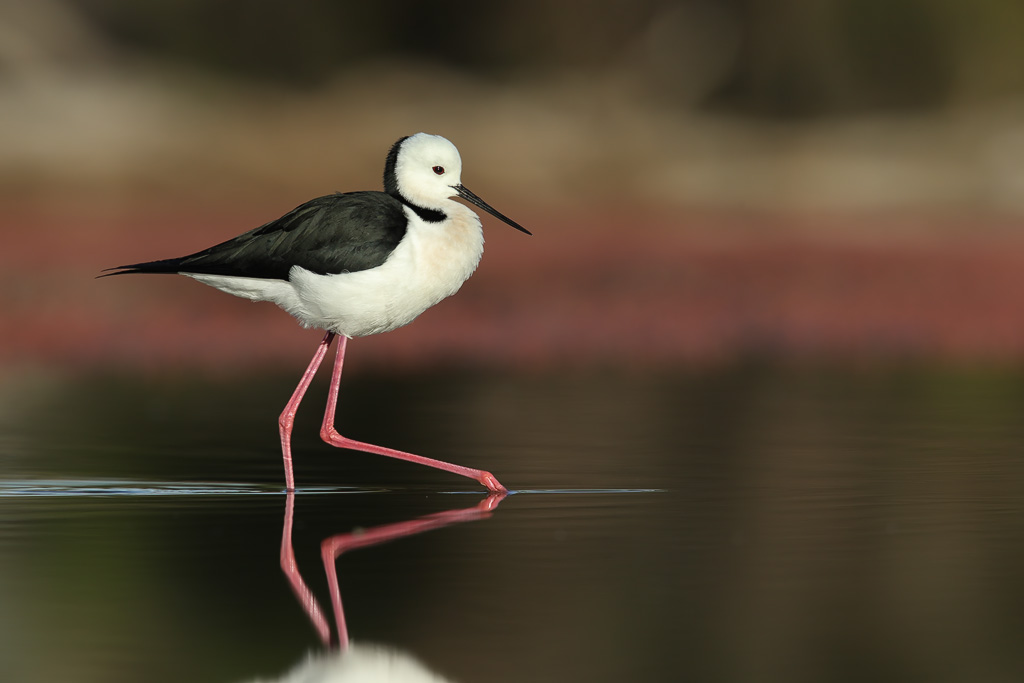
Toolibin Lake
Designated as a Ramsar wetland in 1990, Toolibin Lake is the last large Casuarina obesa (or swamp sheoak) dominated wetland in the Wheatbelt. It is also the only natural wetland within the bioregion that has not become saline and is home to an EPBC-Act listed Threatened Ecological Community.
When filled, the site supports waterbirds including freckled duck, Pacific heron, white-faced heron, great egret, nankeen night heron, yellow-billed spoonbill, great cormorant, little black cormorant, little pied cormorant and blue-billed duck
When full or near full, Toolibin Lake supports more breeding waterbird species (25 species) than all other inland wetlands in south-west Western Australia.
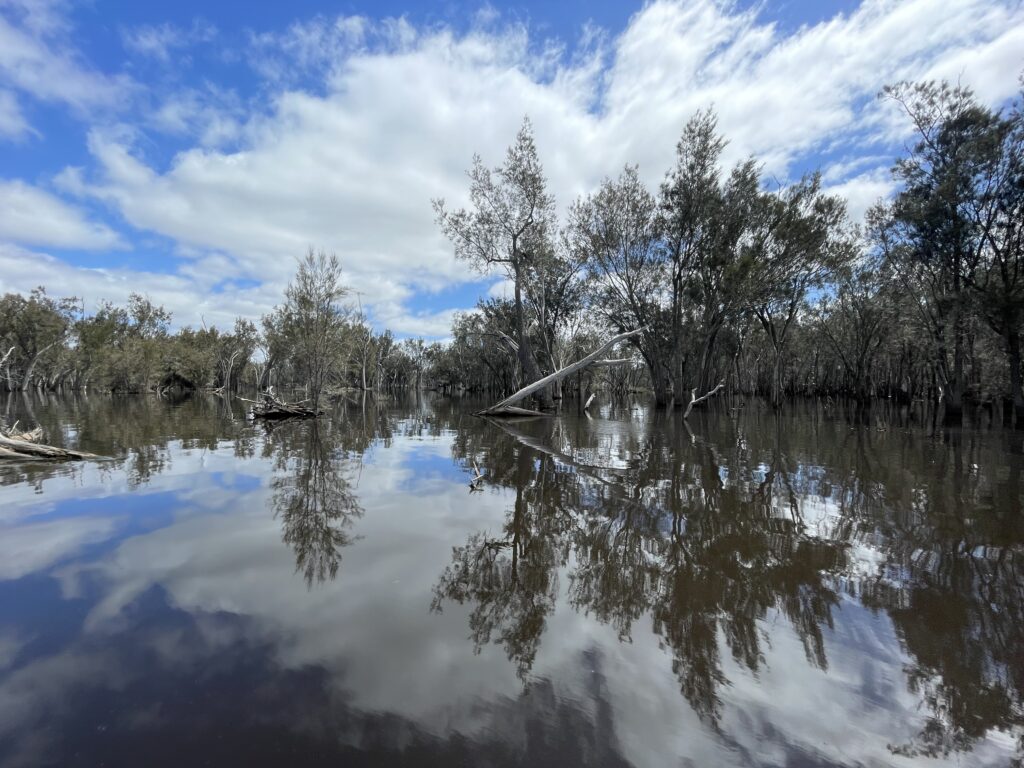
Recent works at Toolibin Lake have included:
- Development of a surface water management plan
- Successful bund wall repairs and other earthworks to prevent the intrusion of salt-laden surface water. Water did not breach the bund wall with 2021 rains that filled the lake.
- Aboriginal Rangers undertook on-ground works including fencing planting and weed control.
- 38 participants attended workshops to learn about the Aboriginal history of the lake.
- 100ha of revegetation to buffer and provide habitat (with appropriate site prep, weed control, feral animal control and seed collection and propagation), with 80-90% seedling survival rate.
- 5 x community awareness-raising events and planting days.
This project is delivered by South West NRM, through funding from the Australian Government’s National Landcare Program.

